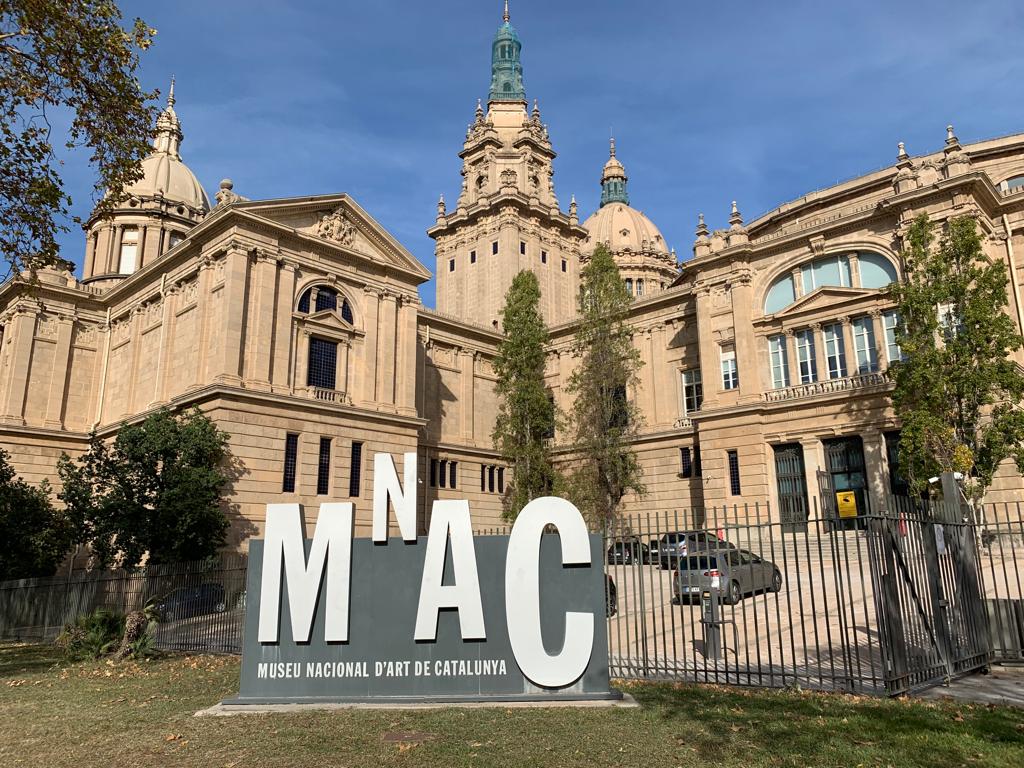Museu Nacional d’Art de Catalunya (National Art Museum of Catalonia), Barcelona
The Museu Nacional d’Art de Catalunya is a must-see for art lovers visiting Barcelona, both for its collection and for its historic building.
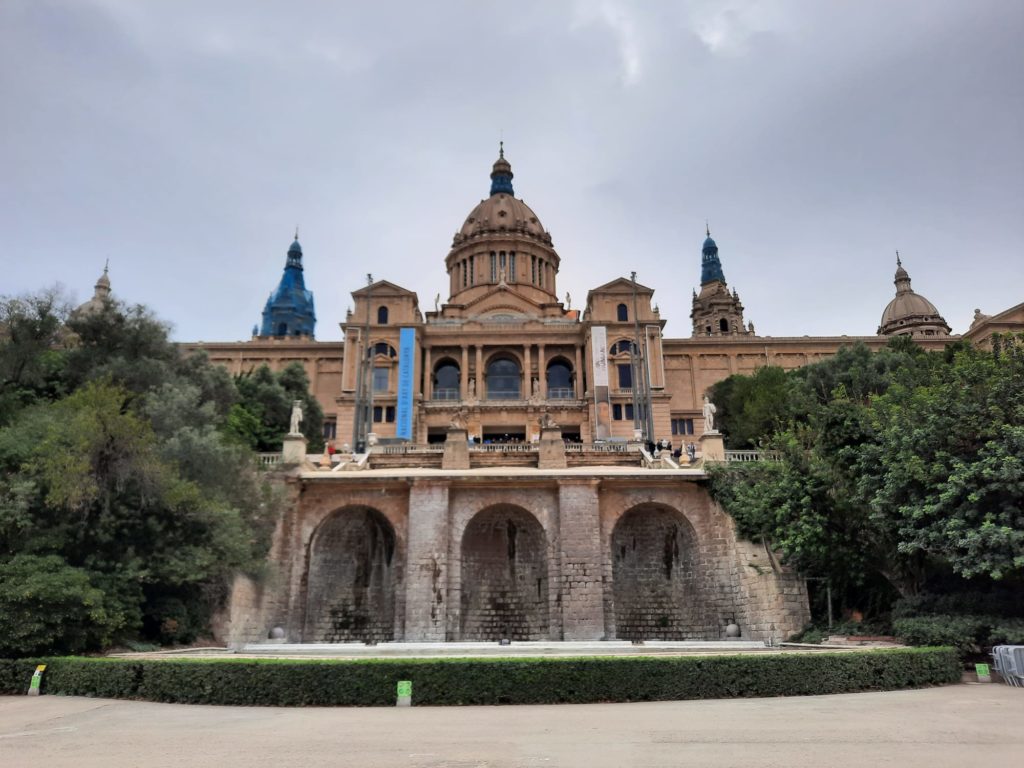

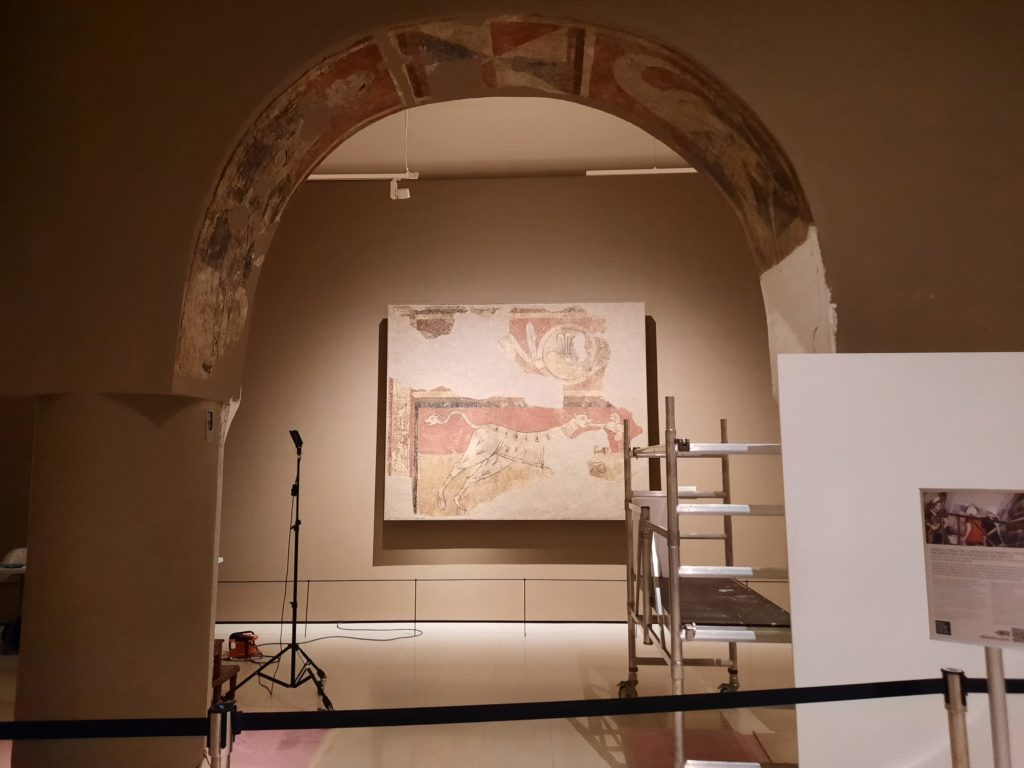



A Visit To Barcelona
Those of you who follow the blog will know that the Salterton Arts Review is currently charting a recent trip to Barcelona. We started with the customary long weekend guide, before taking a closer look at Montjuïc and then surveying some of the city’s Modernista architecture. Now we’re ready to deep-dive into the museums I visited during my trip, before heading home once more.
The topic of Montjuïc is relevant to today’s post, which is all about the Museu Nacional d’Art de Catalunya (National Museum of Catalonian Art). But if you didn’t read that earlier entry don’t worry, we will cover the essentials again here.
I recommend the Museu Nacional d’Art de Catalunya as a great place to start to understand what is different about Catalonia. After a few hours here studying its art, you will also come away with a sense of its geography, history, culture and identity. Not a bad investment of time, and you will get to see some splendid artworks to boot. So why don’t we put that theory to the test as I let you into my newfound knowledge of Catalonia and its art before we take a look at MNAC’s collection.
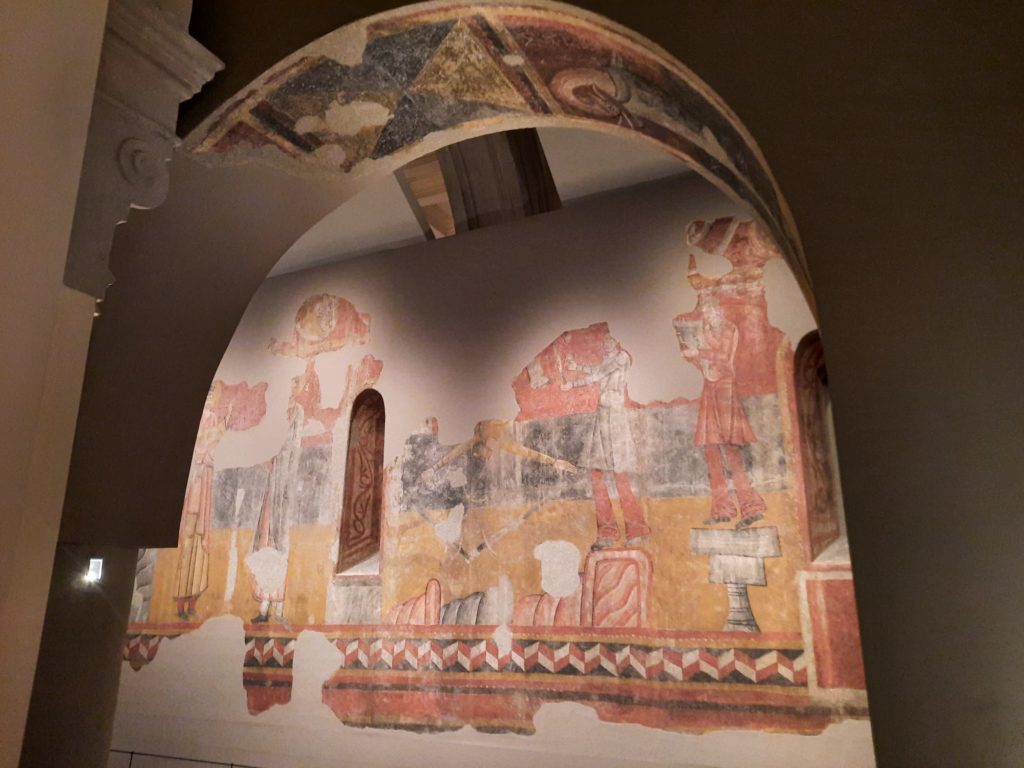
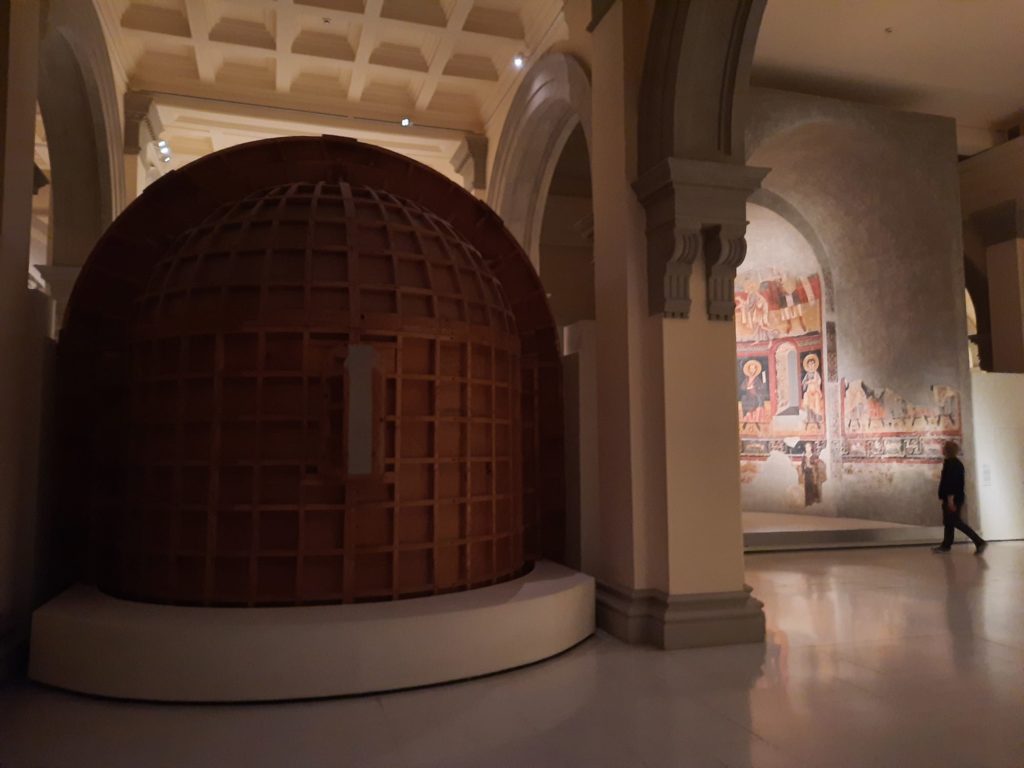
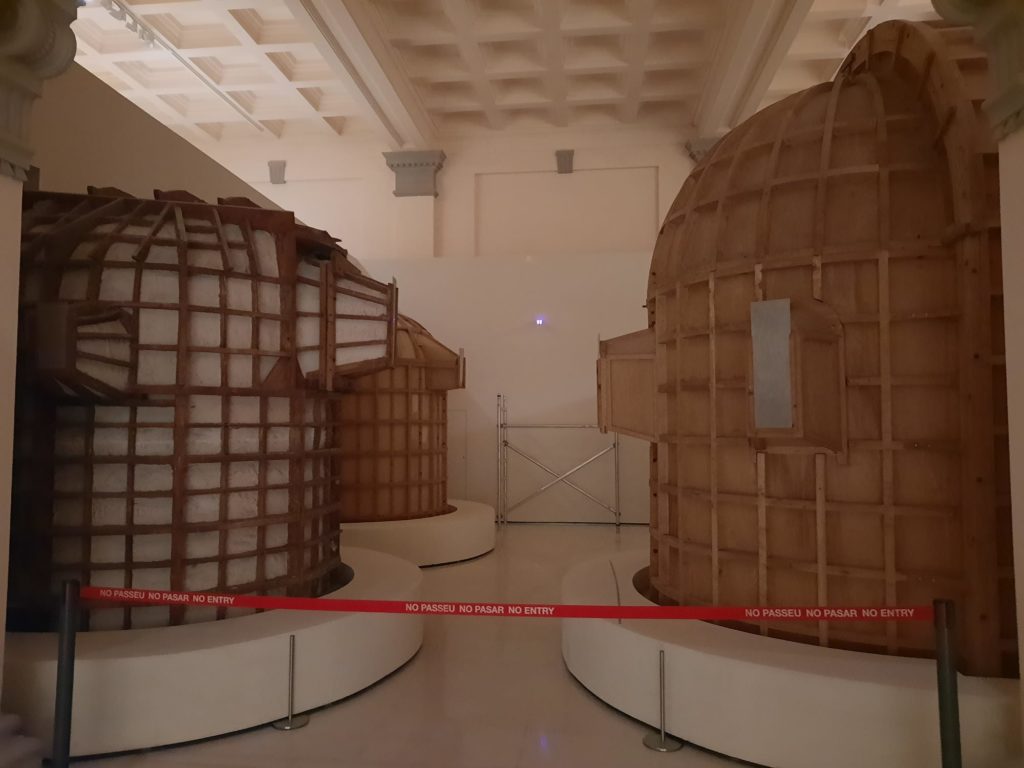
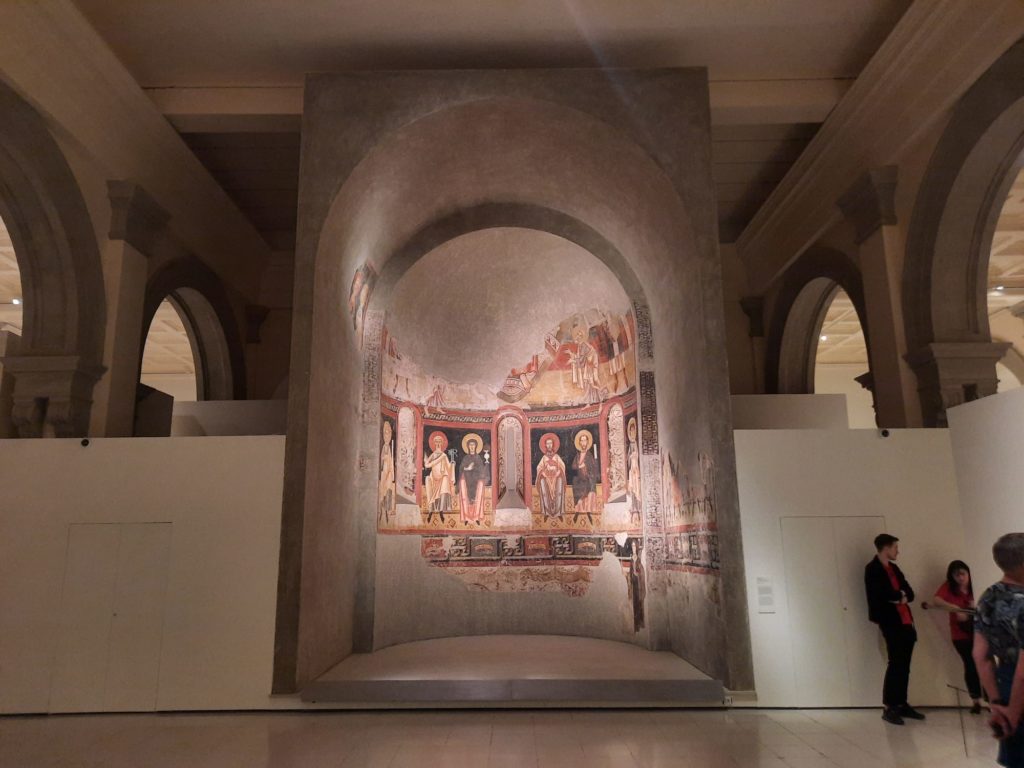
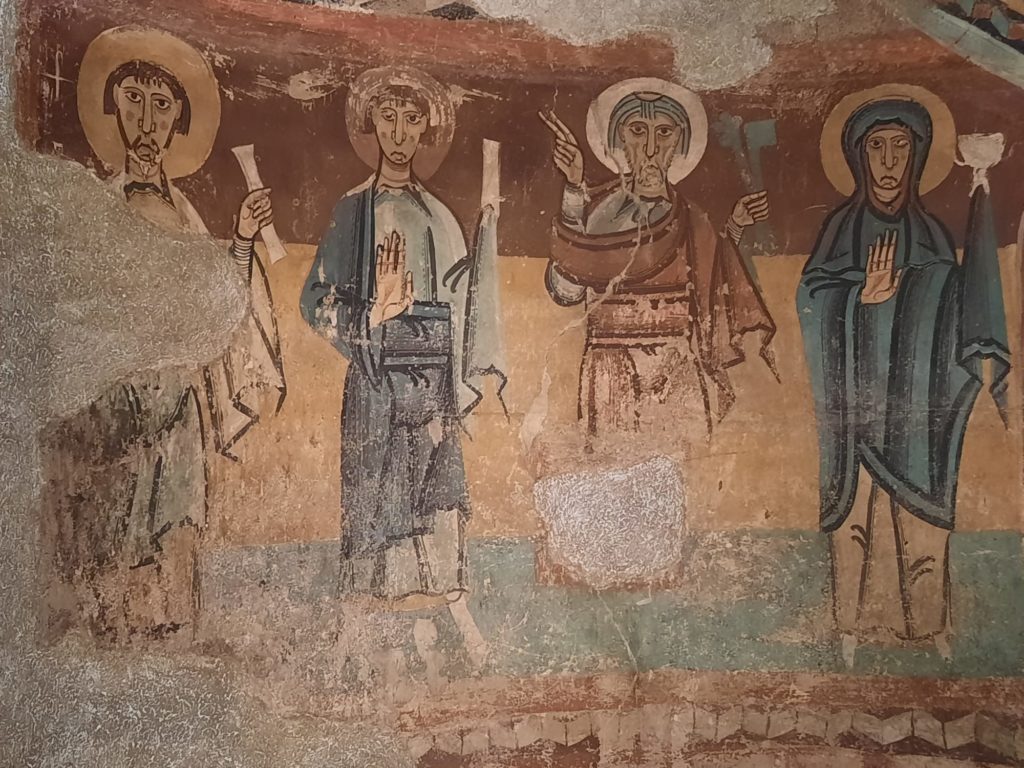

A Little History Of Catalonia And Its Art
The very earliest art produced in Catalonia isn’t actually in the Museu Nacional d’Art de Catalunya at all. But it can be found nearby at the Museu d’Arqueologia de Catalunya, or in the Gothic Quarter in the city’s history museum. The early history of Catalonia is one of multiple phases of migration: prehistoric peoples, Iberians, Romans and Visigoths.
The Museu Nacional d’Art de Catalunya picks up the story in the Romanesque period. Romanesque is basically shorthand for the artistic style after the Roman Empire and before the Gothic style took off. It’s called Romanesque because it uses some Roman elements. Essentially it denotes the early Middle Ages, which is also when the seeds of Catalan identity were planted linguistically and politically. Plenty of Romanesque churches survived in the Pyrenees with their painted interiors more or less intact – more on these later.
Once other kingdoms and later the Spanish Crown took over the administration of Catalonia, Catalan art seems to have declined. Catalan art history becomes more tightly coupled with that of wider Spain and Europe. Catalonia follows the Renaissance and Baroque periods: art heavily influenced by the Catholic church as elsewhere in Spain. The foremost artists were often actually monks: for instance there was a notable artistic centre at the Carthusian monastery of Scala Dei in Southern Catalonia.
Catalonia came back into its own, artistically speaking, in the modern era. Catalan Modernism was a nationalistic movement that extended over architecture, literature, and to a lesser extent fine art. Perhaps the creative groundwork was laid here for notable 20th Century artists like Salvador Dalí, Joan Miró, and Antoni Tàpies, all from Catalonia. Again the Museu Nacional d’Art de Catalunya leaves these more recent decades to other institutions, wrapping up at the beginning of the 20th Century with Catalan Modernism.
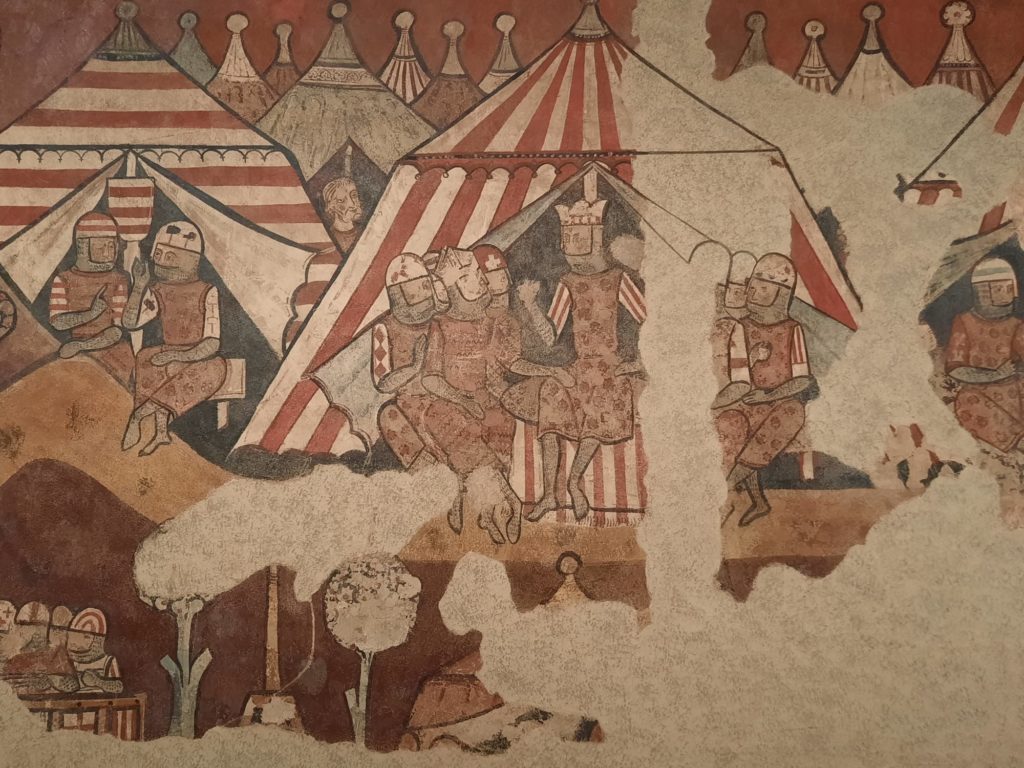
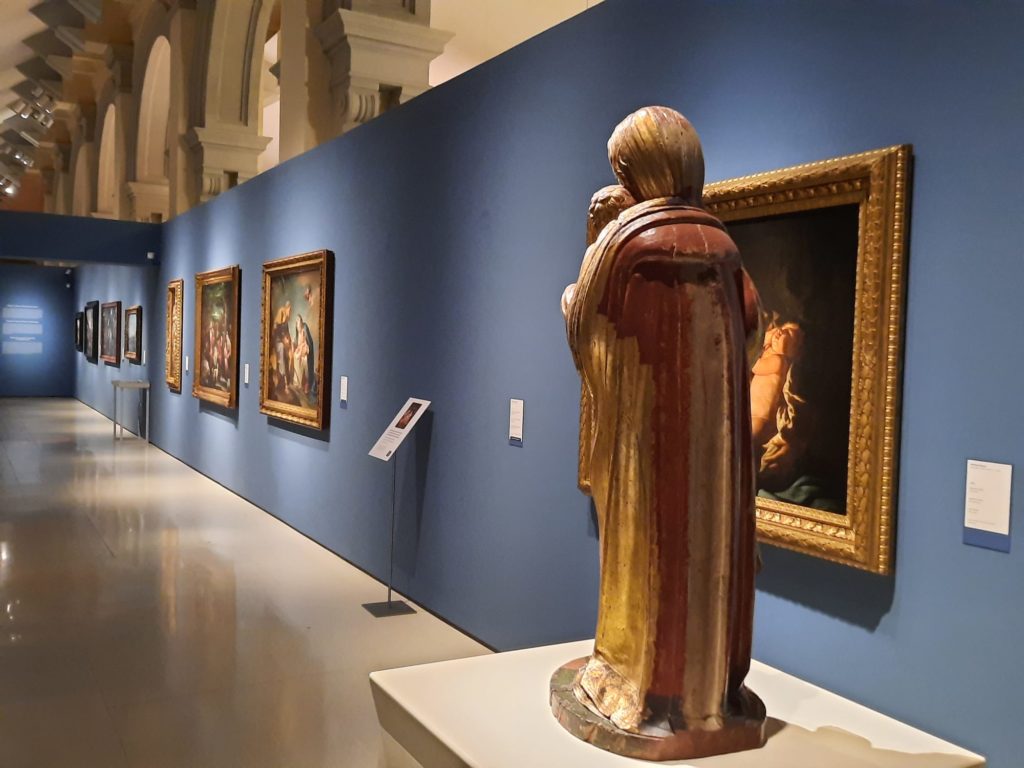
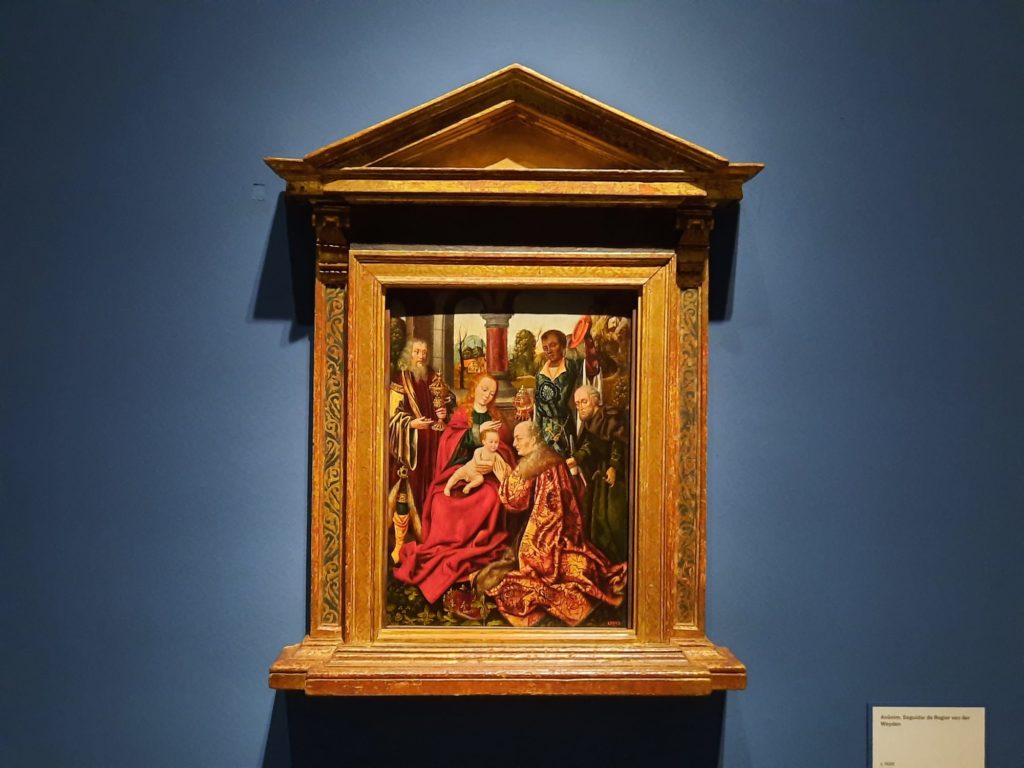

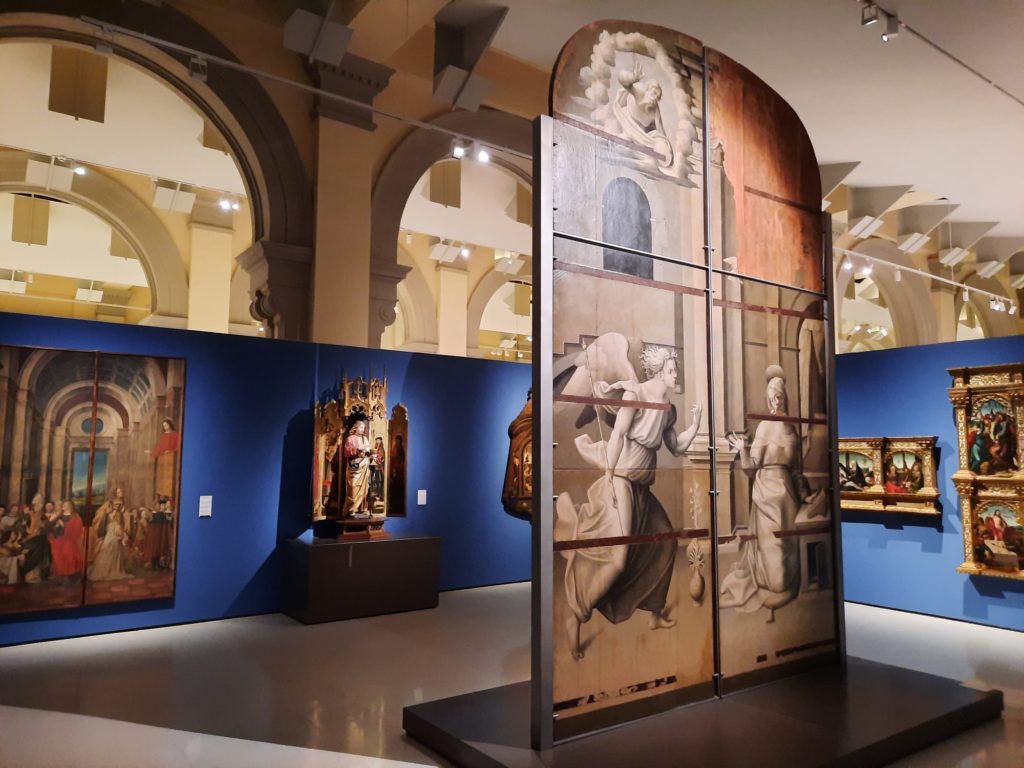
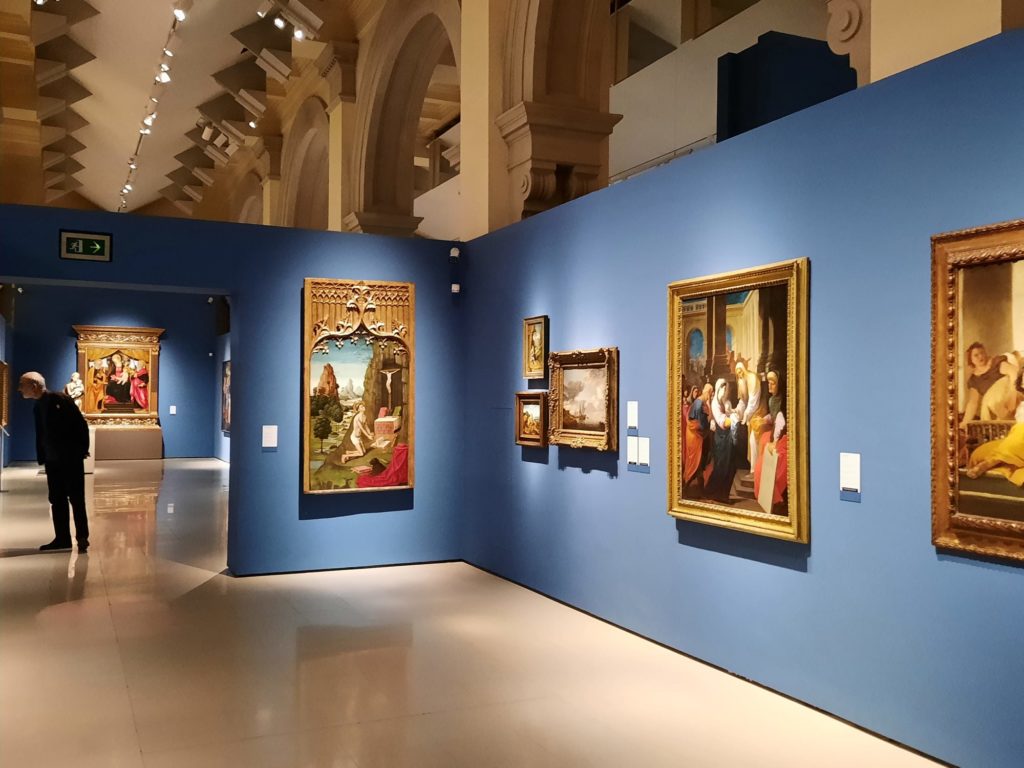
A Growing National Collection Finds A Home
After a varied history of independence, Spanish rule, and the ups and downs that come with such a situation, Catalonia latched onto the wave of nationalism that was sweeping Europe in the 19th Century, and had itself a cultural and political Renaixença (Renaissance). Catalan Modernism was one manifestation of this. Another was an interest in reviving and conserving Catalonia’s heritage. Parallel collections of historic objects and artworks began. The art collection had a temporary home in the Palau de Belles Arts built for the 1888 Universal Exhibition.
Regular blog readers will know that the art collection’s next phase of development was moving to another building constructed for an exhibition, in this case the 1929 International Exposition. The Exposition took place on Montjuïc, until then a relatively undeveloped hill near the city. A grand palace took centre stage: the Palau Nacional, hosting an exhibition on art in Spain. As grand as it was, it was meant as a temporary building, so it took until 1934 to prepare it to house the Catalonian national art collection. More of the collection moved in over the decades, and it was only in 2004 that the modern art arrived to complete the picture (more or less).
Today the Museu Nacional d’Art de Catalunya houses a collection not exclusively, but primarily, of Catalonian art. The original collection has grown over the years through purchases and donations. Catalan politician and arts patron Francesc Cambó, for instance, made a major bequest in the 1940s of not only Spanish but also Italian art. A selection from the Thyssen-Bornemisza Collection is also permanently exhibited here.

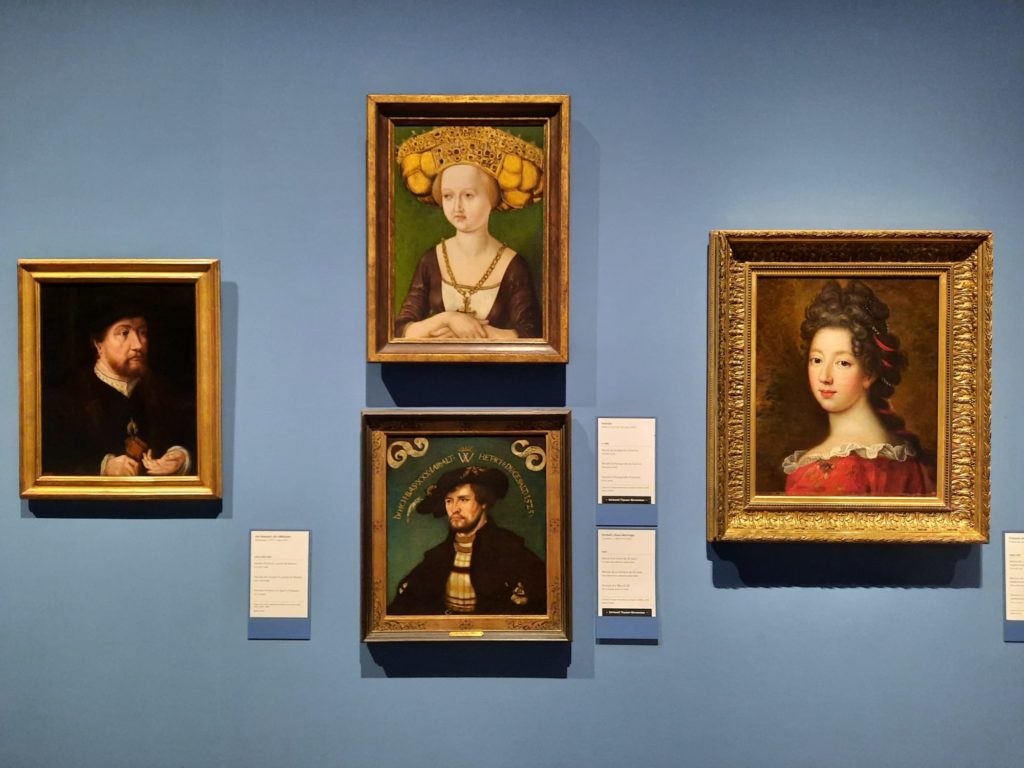
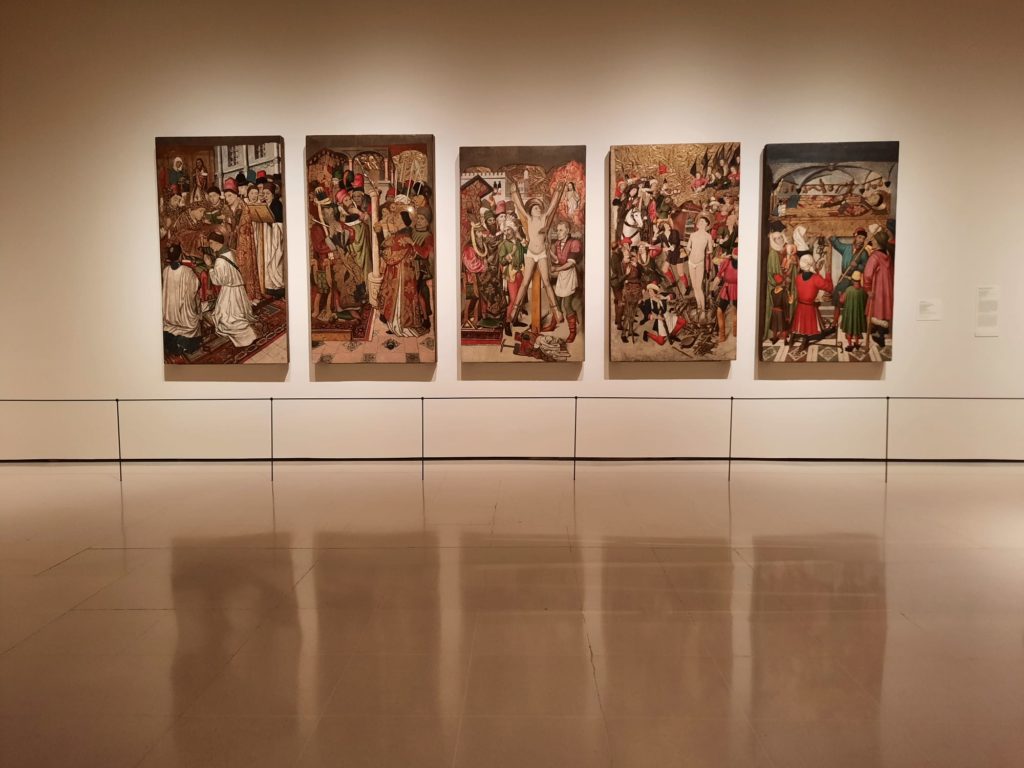
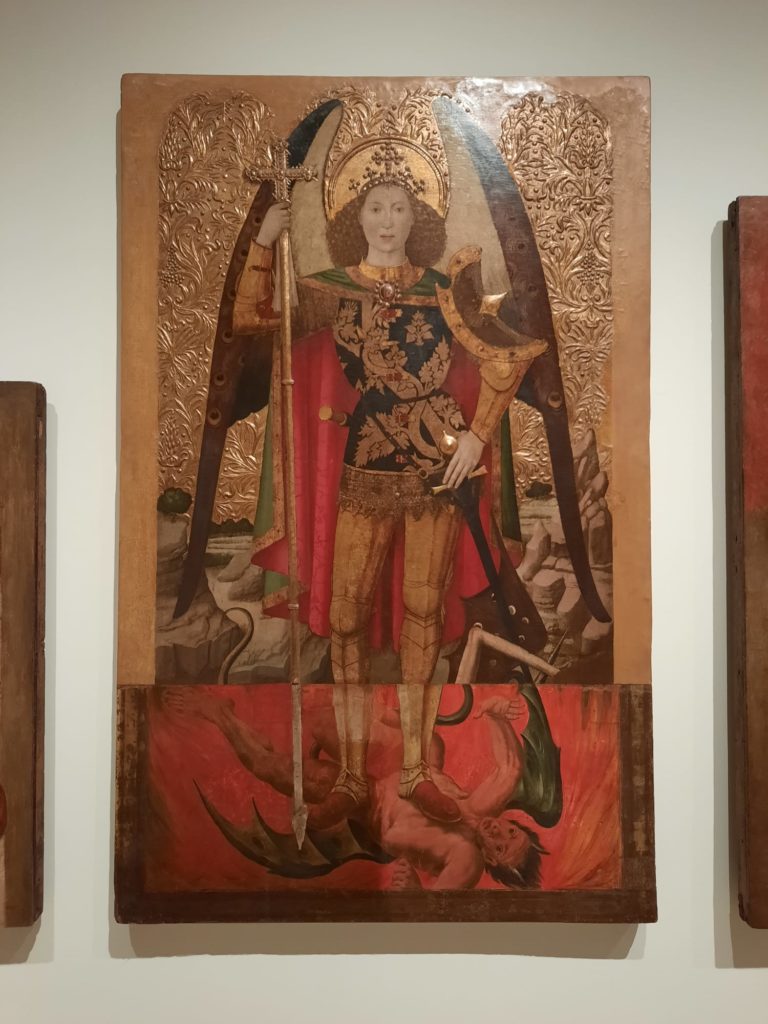
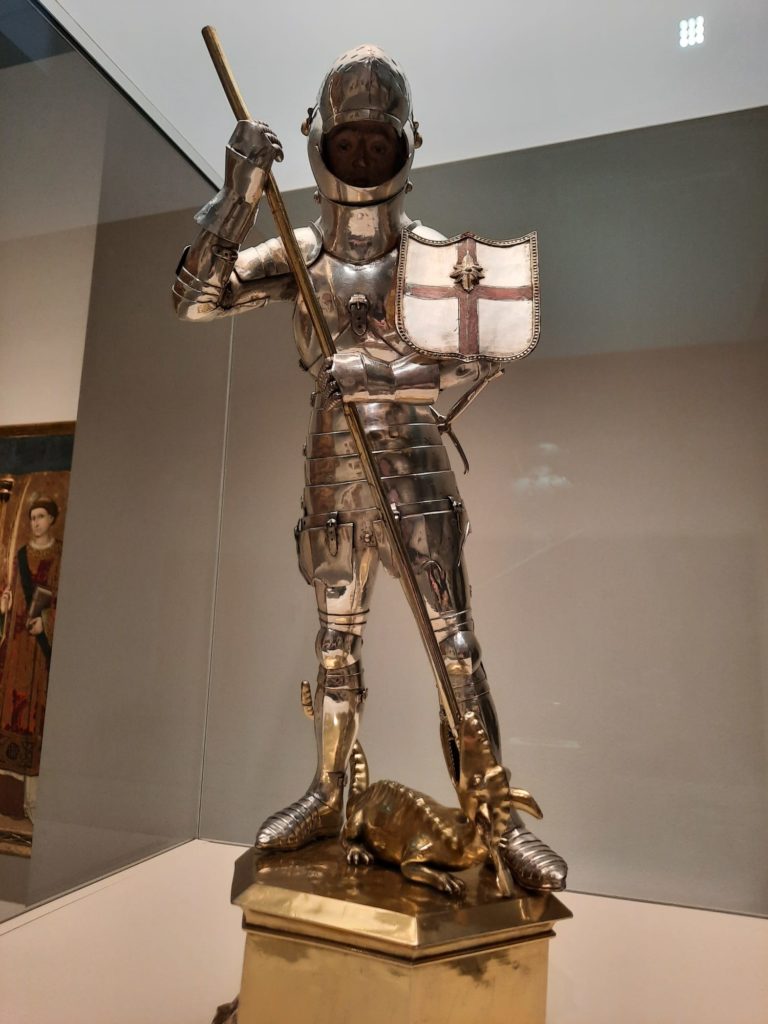
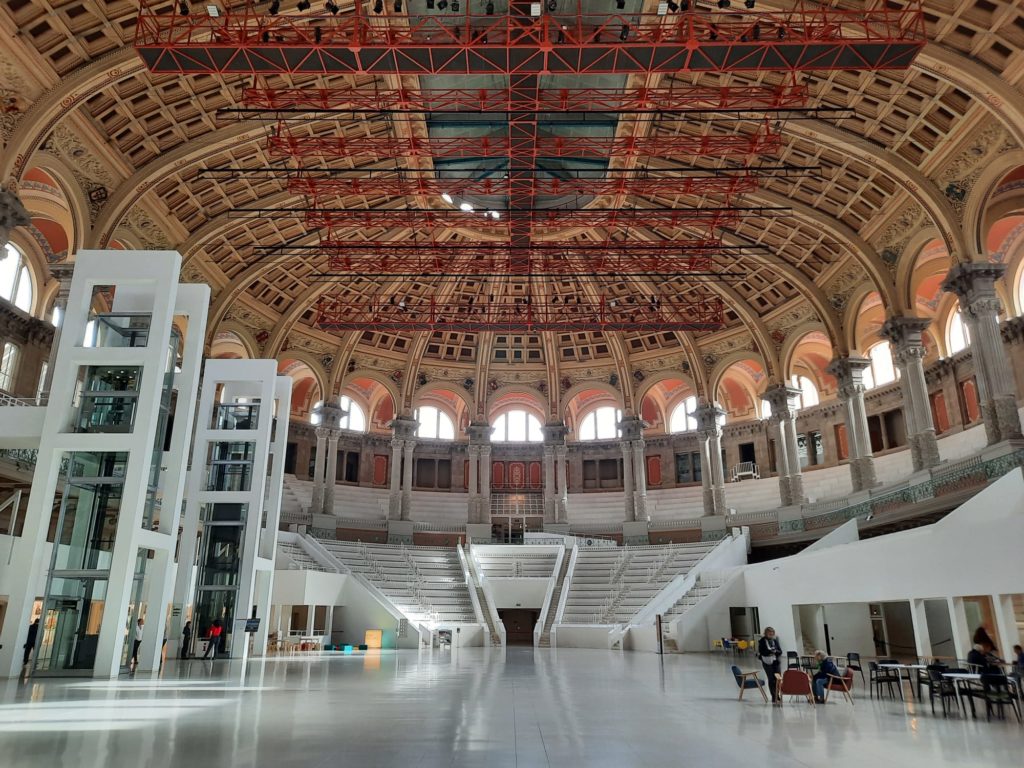
The Romanesque Churches of the Museu Nacional d’Art de Catalunya
Right then, let’s take a closer look at the art on view! Unfortunately, as the background to the Museu Nacional d’Art de Catalunya was so interesting, you will have to scroll back a couple of sections to see the images of Romanesque art. Never mind, we will be nicely back in sync by the end of the post.
There are a few smaller and more portable works on view in the Romanesque section of the museum. But fascinatingly, the majority of what you can see here are entire church interiors transplanted into the museum. It’s probably the best collection of Romanesque art in the world. And the fact that they are here is due to two such church interiors having left the country. 11-13th Century churches were of interest to scholars and art historians beginning in the early 20th Century. In 1919 an American art dealer bought two, had some Italian experts detach them, and shipped them to Boston. There were no laws to prevent this. The Catalan Board of Museums was very concerned, however, and hired the same experts to remove frescoes from churches across the Pyrenees and Old Catalonia to protect and preserve them.
There’s a video in one gallery which shows the technique. It’s remarkable it produces such great results, it seems almost too rough. But the end results speak for themselves. Wooden frames replicating the original churches’ dimensions house the rescued frescoes. This allows visitors to see them almost in situ, if you ignore the fact you’re in Barcelona and not the mountains. It’s actually so well done that when I was in Andorra I didn’t realise the frescoes I was looking at in an old church were replicas. I’d already seen the originals back in Barcelona.
If you go to a lot of museums (like I do), trust me when I say this is a unique experience. I’ve never seen such a concentration of large-scale medieval art. I’ve never seen art preserved and installed quite like this. It’s really remarkable – even if this is all you want to see it’s worth going to the museum.
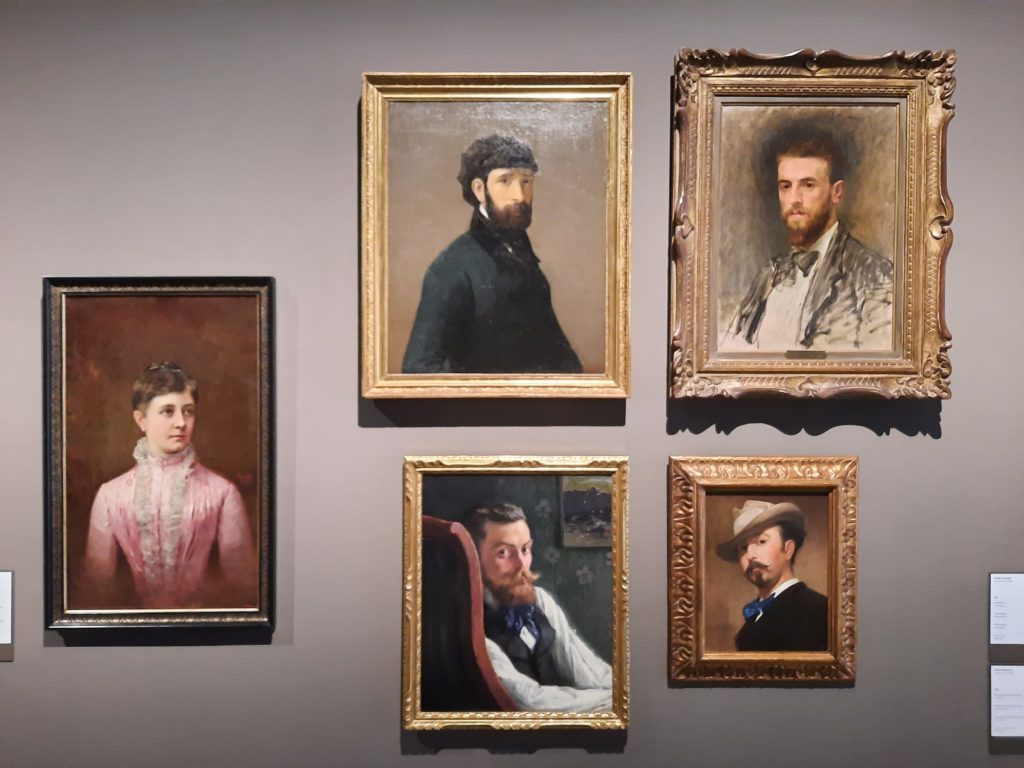

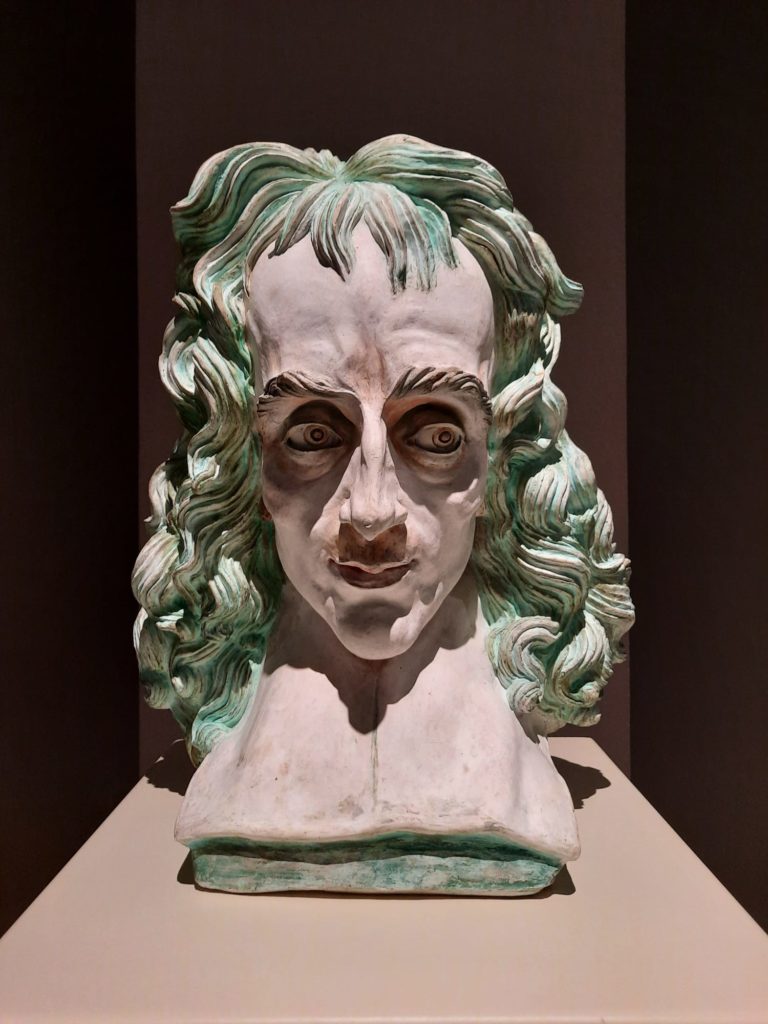
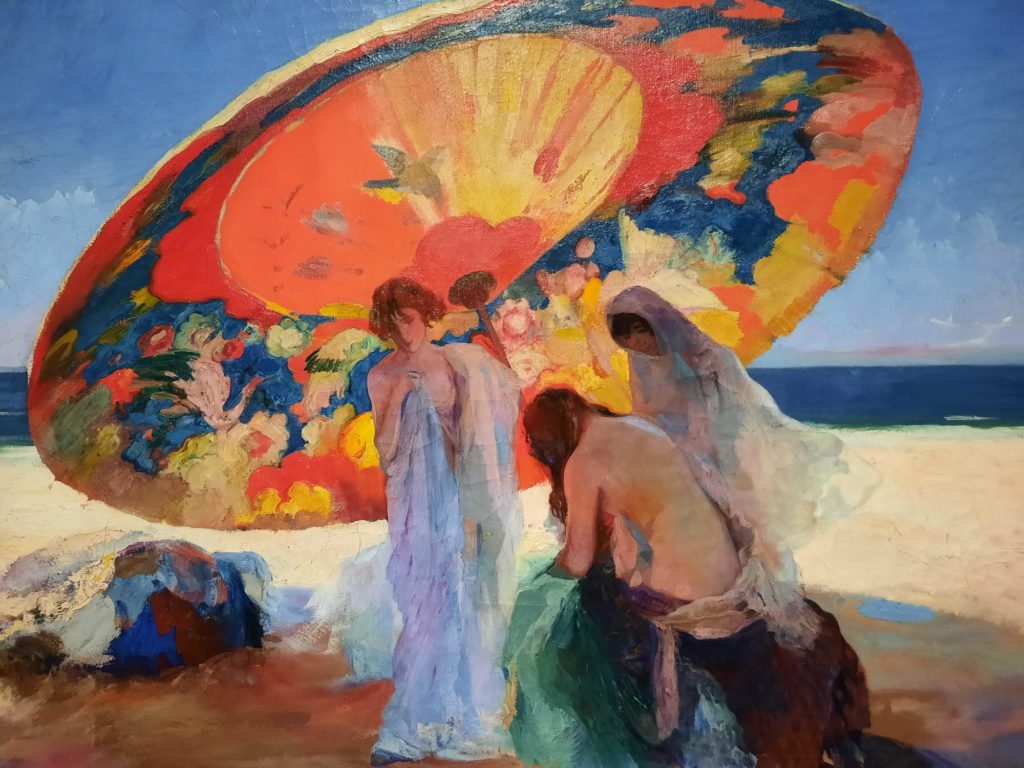
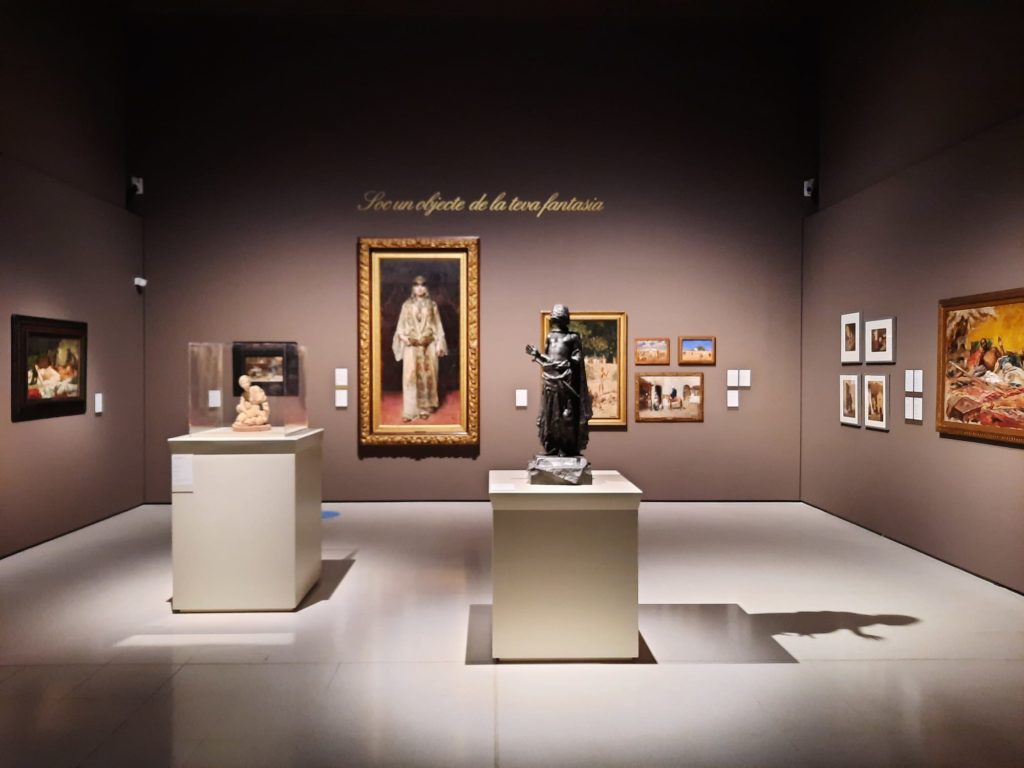
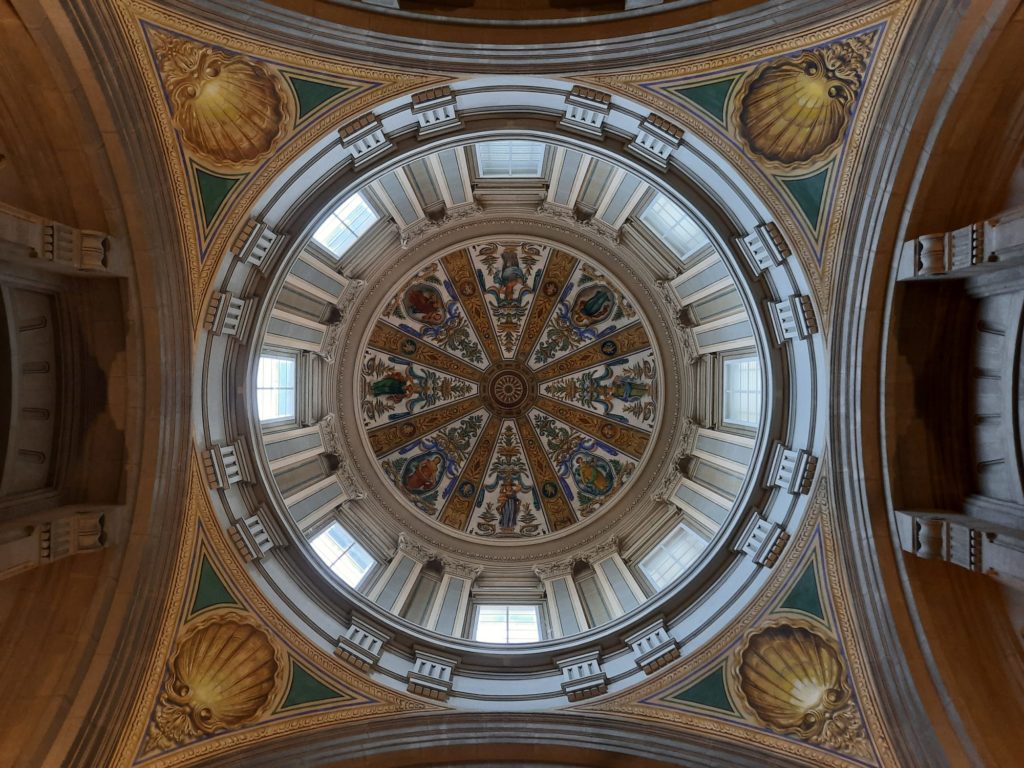
Centuries Of Art
I didn’t quite know what to call this section, which covers many different artistic movements. Gothic. Renaissance. Baroque. Old Masters, basically. You know the type of thing: lots of religious art, a few portraits and still lifes.
Describing it this flippantly does it an injustice, however. Even with large sections of these galleries closed when I visited, there’s a lot of great art here. And I like the presentation at the Museu Nacional d’Art de Catalunya as well. Different time periods have different wall colours denoting them. So do major collections like the ones I mentioned above. Multiple depictions of the same saint or scene cluster together. Elsewhere there are thematic groupings, for example of Orientalist art. It’s like having frequent mini-exhibitions punctuating the chronological flow.
With all the acquisitions the museum has made plus various donations and bequests, it’s a good collection. I didn’t get as strong a sense of Catalonia in this middle section, but I think historically speaking, that tracks. It wasn’t Catalonia’s finest artistic period. But seeing works by the likes of El Greco and Francisco de Zurbarán is hardly a penance in the meantime.
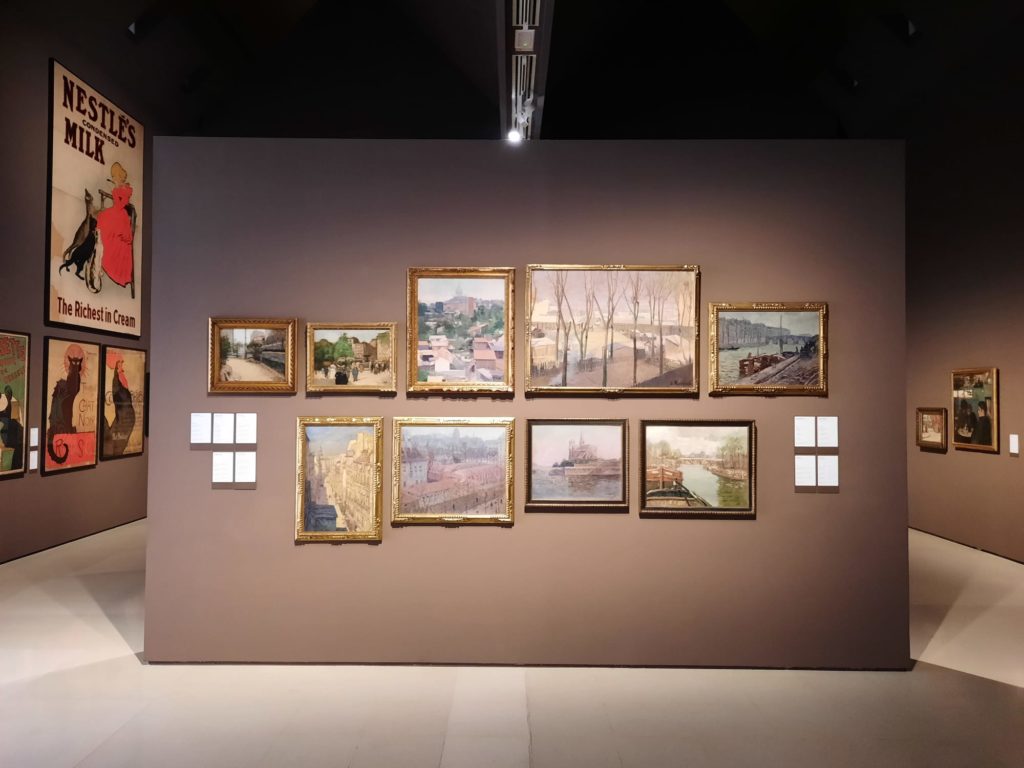


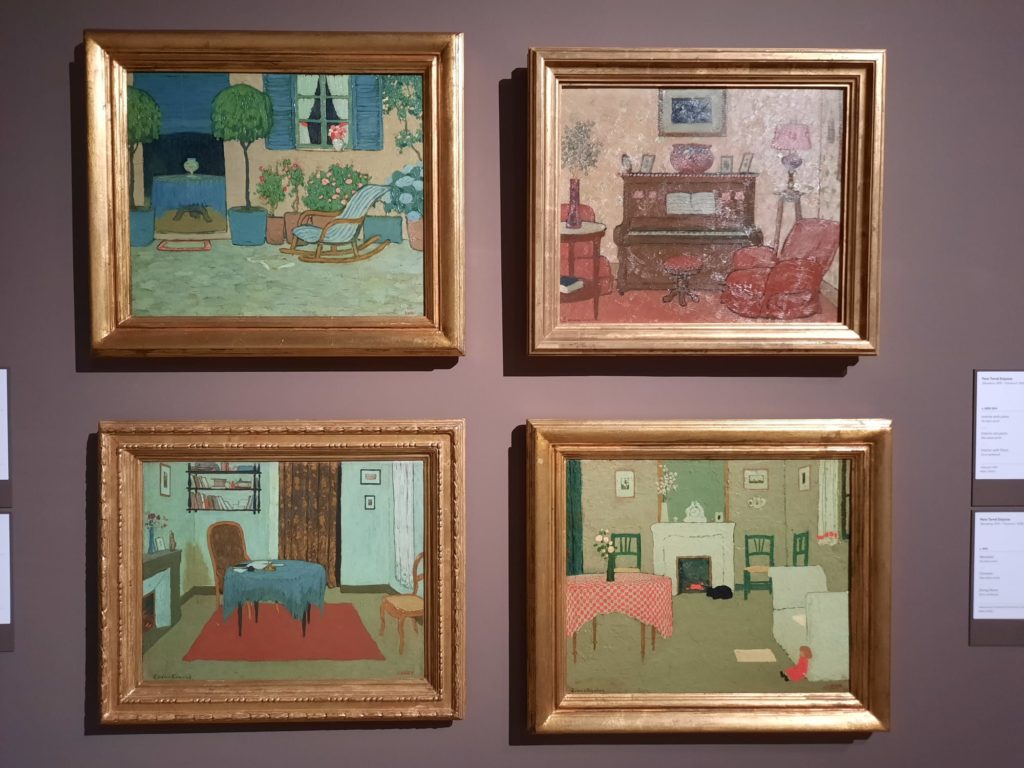
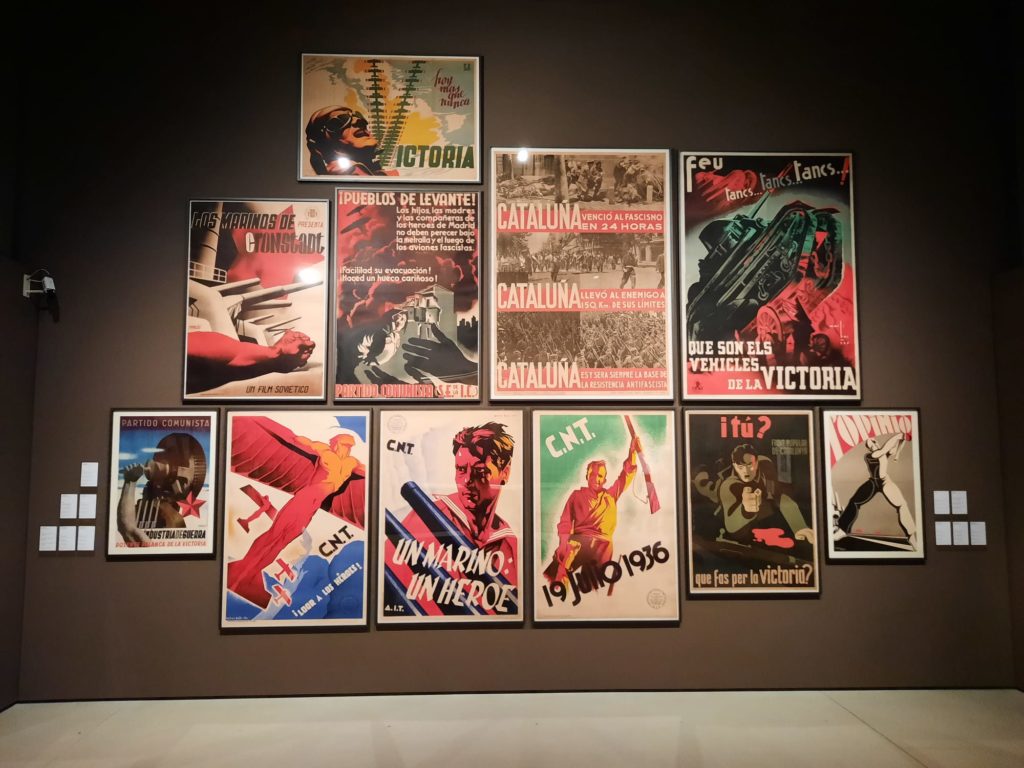
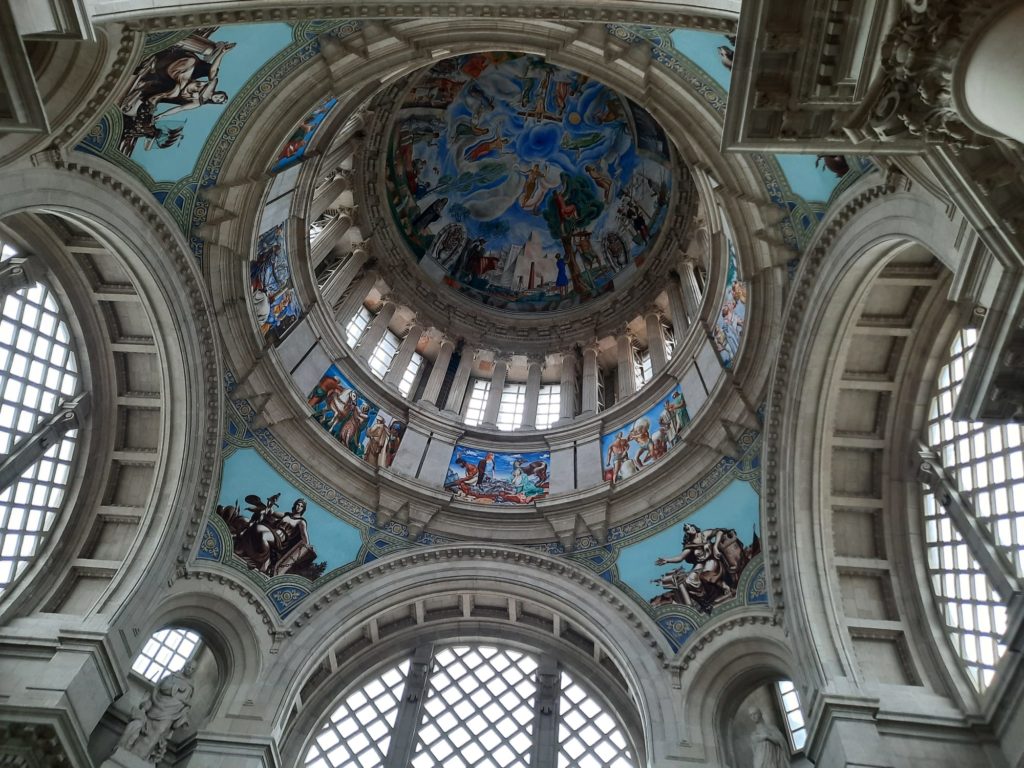
Modern Art in the Museu Nacional d’Art de Catalunya
See? I told you we would get back in sync by the end of this post! We’ve caught up with the modern art in time for me to tell you all about it.
The modern collection at the Museu Nacional d’Art de Catalunya owes its origins to the 1888 Universal Exhibition. The organisers of that event gathered together a small collection of what was then contemporary art. This is what was on display at the Palau de Belles Arts. It contains Neo-Classical, Romantic and Realist works, as well as what we might consider more modern styles. Today it represents the finest in Catalan art from the 19th Century to the 1940s.
For me, the most interesting works were the ones coming closest to the Catalan Modernist movement. These works are preoccupied with breaking all the rules in order to show modern life. Unusual compositions, conventions out the window, a sense of movement and vitality. There are a lot of notable works from this perspective. The modern art galleries are also notable for two other reasons. Firstly, as they are upstairs, they really show off the splendor of the Palau Nacional. Lovely domed ceilings, that sort of thing. Downstairs looks boring by comparison. And secondly, this is the only part of the collection with a lot of applied art objects as well as ‘fine art’ artworks. I liked the furniture by Antoni Gaudí: it was a good introduction before exploring more Modernista architecture.
So we have now covered the Museu Nacional d’Art de Catalunya in its entirety. I must confess, the Romanesque galleries were too tempting on the way out and I did drop by for a second look. That and a quick look in the shop and it was time to step back out of the museum and admire the spectacular views of Barcelona
Salterton Arts Review’s rating: 4/5
If you see this after your page is loaded completely, leafletJS files are missing.

